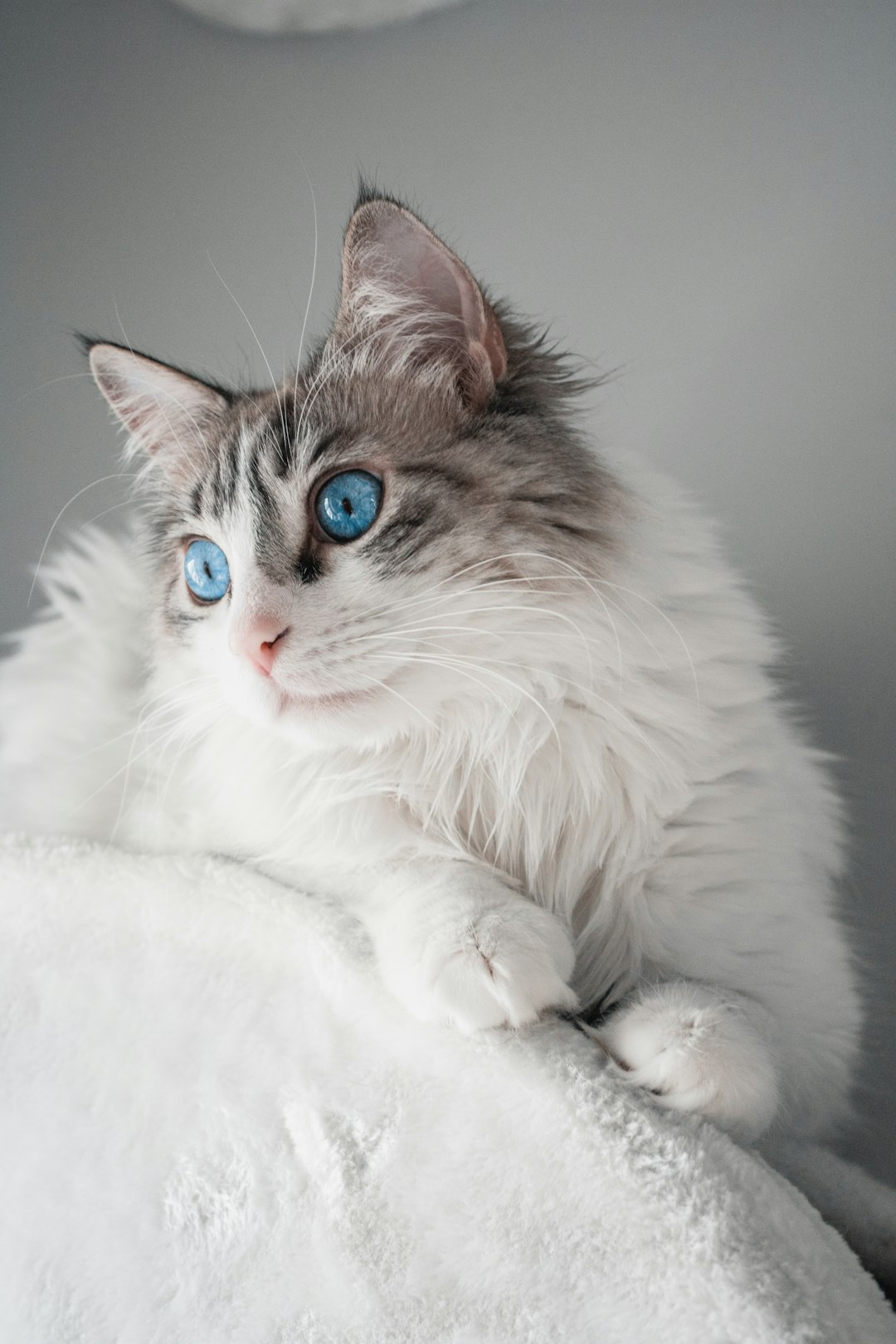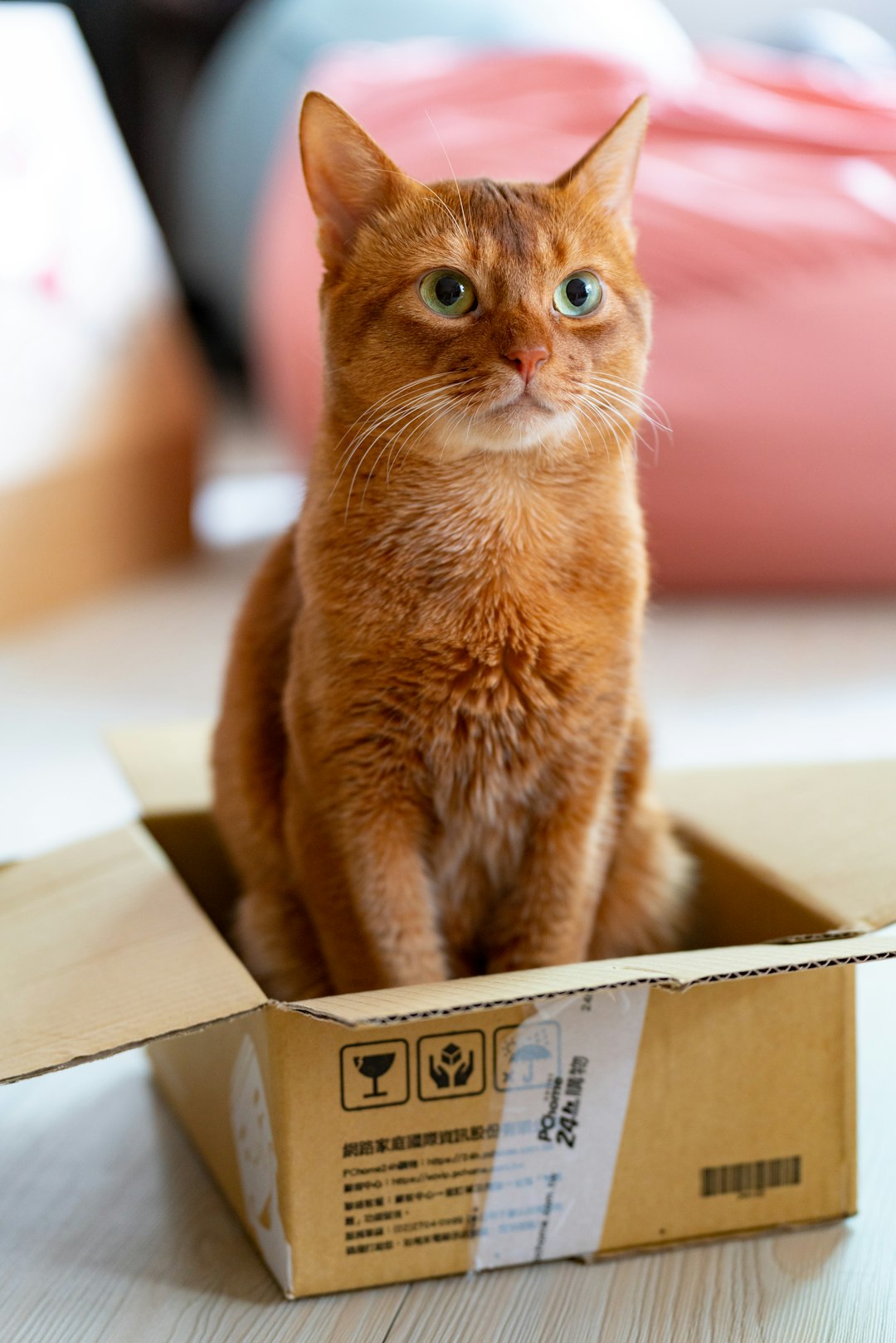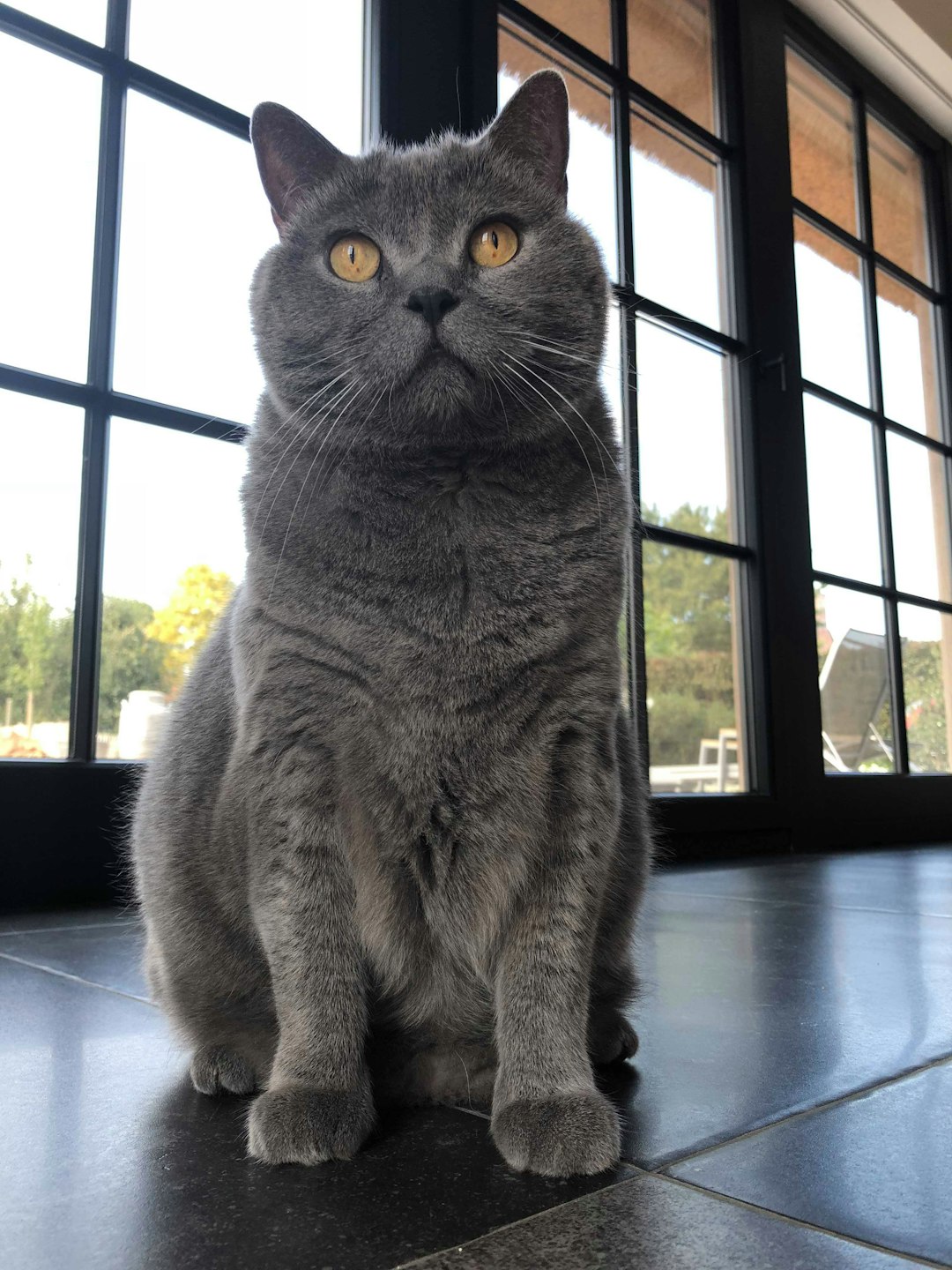When it comes to your feline friend’s health, understanding procedures like tooth extraction is crucial. Dental issues are among the most common health problems in cats, making timely intervention essential. In this post, we’ll delve into the often-overlooked topic of Cat tooth extraction cost, helping you navigate not just the financial aspects but also the reasons behind the procedure and what to expect before, during, and after. By understanding the cost factors and additional expenses involved, you can make an informed decision that ensures your cat’s well-being and comfort. Join us as we explore this important subject in detail.
What is Cat Tooth Extraction?
Definition of Tooth Extraction
Cat tooth extraction refers to a surgical procedure where one or more teeth are removed from a cat’s mouth. This procedure is typically performed by a veterinarian or a veterinary dentist and is necessary when a tooth becomes problematic or poses a risk to the cat’s health. Tooth extraction may involve local anesthesia to manage pain during the procedure, ensuring that your pet is comfortable and stress-free.
Why Tooth Extractions are Necessary
There are several common reasons why a tooth extraction may be needed, including:
| Reason for Extraction | Description |
|---|---|
| Periodontal Disease | Gum infections can lead to severe tooth decay and pain. |
| Severe Tooth Decay | Extensive damage may render a tooth unsalvageable. |
| Fractured Teeth | Cracked or broken teeth can result in infection and discomfort. |
| Retained Baby Teeth | Baby teeth that do not fall out can crowd adult teeth. |
| Tumors | Oral tumors can affect teeth and require removal for health. |
Understanding these reasons can help cat owners recognize the need for dental care. Cat tooth extraction cost may vary based on the complexity of the procedure, but addressing dental issues is crucial for maintaining optimal health and comfort for your feline companion. Taking proactive measures can prevent more serious health complications down the line.
Common Reasons for Cat Tooth Extractions
Cat tooth extractions are a common veterinary procedure, often vital for maintaining your feline friend’s overall health. Understanding the reasons behind these extractions can help cat owners recognize when their pets may need dental care. Here are two prevalent causes:
Dental Disease
Dental disease in cats is primarily caused by plaque buildup, leading to gingivitis and periodontal disease. Untreated dental issues can result in severe pain, tooth decay, and even tooth loss. Key points regarding dental diseases include:
| Key Factors | Details |
|---|---|
| Common Conditions | Gingivitis, periodontal disease, resorptive lesions |
| Symptoms | Bad breath, difficulty eating, swollen gums |
| Prevention | Regular dental cleanings, at-home oral care |
Trauma and Injury
Traumatic injuries can also necessitate tooth extractions in cats. Such injuries may occur from sports, falls, or fights with other animals. These incidents can lead to fractured or damaged teeth, causing significant discomfort. Consider the following:
| Key Factors | Details |
|---|---|
| Causes of Trauma | Fights, falls, chewing on hard objects |
| Symptoms | Painful response when eating, visible fractures, swelling |
| Prevention | Supervised playtimes, providing safe toys to chew |
Recognizing the common reasons for tooth extractions can empower cat owners to seek timely veterinary intervention. The cat tooth extraction cost can vary depending on the severity of the issue, highlighting the importance of addressing dental health proactively. Regular check-ups and awareness of symptoms are key in keeping your cat healthy and happy.
Factors Influencing Cost of Cat Tooth Extraction
Understanding the cat tooth extraction cost requires taking into account several key factors that can significantly affect the overall price. These factors include geographic location and veterinary expertise, both of which can vary widely.
Geographic Location
The costs associated with cat tooth extractions can differ immensely based on where you live. For instance, urban areas often exhibit higher veterinary fees due to increased overhead costs. Here’s a breakdown:
| Location Type | Average Cost Range |
|---|---|
| Urban Clinics | $100 – $500 |
| Suburban Clinics | $80 – $400 |
| Rural Clinics | $50 – $300 |
For example, a cat tooth extraction in a metropolitan city may reach up to $500, while a similar procedure in a rural setting might only cost around $200.
Veterinary Expertise
Another critical factor is the level of expertise and experience of the veterinarian performing the extraction. Vets who specialize in dentistry or who have extensive experience often charge higher fees due to their skill level. Below is a comparison of pricing based on expertise:
| Veterinary Expertise | Average Cost Range |
|---|---|
| General Veterinarian | $80 – $300 |
| Veterinary Dentist | $150 – $600 |
Veterinary dentists typically provide more advanced care and may use specialized tools, contributing to a higher cat tooth extraction cost. It’s essential to weigh these factors while budgeting for your cat’s dental procedure, as they can significantly influence the total amount you’ll need to spend.
Average Cost of Cat Tooth Extractions
National Averages
Understanding the cat tooth extraction cost can help you plan for your feline friend’s dental needs. On average, the cost of a cat tooth extraction in the United States ranges from $300 to $800. This estimate covers the procedure itself, anesthesia, and any necessary medications. It’s important to note that the complexity of the extraction, such as whether it’s a simple removal or a surgical extraction, can directly affect the price.
Variability Across Clinics
Costs can vary significantly depending on several factors, including:
| Factor | Description |
|---|---|
| Location | Urban clinics may charge more due to higher overhead costs. |
| Clinic Type | Veterinary hospitals might have higher fees compared to small clinics. |
| Experience of the Vet | More experienced veterinarians may charge a premium for their expertise. |
| Pre- or Post-Procedure Services | Additional treatments or follow-up visits can increase the total cost. |
It’s advisable to consult multiple veterinarians and obtain detailed estimates to understand the overall financial commitment involved in a cat tooth extraction. This helps you balance the quality of care with the cost while ensuring your cat receives the attention they need.
Additional Costs Associated with Tooth Extractions
When considering cat tooth extraction cost, it’s essential to factor in additional expenses that may arise before and after the procedure. Here’s a closer look at these costs:
Pre-Procedure Examinations
Before your cat undergoes a tooth extraction, a veterinary examination is necessary. This typically includes:
| Examination Type | Estimated Cost (USD) |
|---|---|
| Comprehensive oral examination | $50 – $150 |
| X-rays or imaging | $75 – $200 |
| Blood tests for anesthesia safety | $60 – $150 |
These pre-procedure assessments ensure that your feline friend is healthy enough for surgery and help the veterinarian develop an appropriate treatment plan.
Post-Operative Care
After the extraction is complete, your cat will require proper care to ensure a smooth recovery. The associated costs may include:
| Care Component | Estimated Cost (USD) |
|---|---|
| Pain management medications (e.g., NSAIDs) | $20 – $50 |
| Follow-up veterinary visit | $30 – $100 |
| Special diet or soft food | $10 – $30 |
Post-operative care is crucial for preventing complications and ensuring your cat heals effectively. Hence, while the initial cat tooth extraction cost may seem manageable, it’s essential to budget for these additional expenses to provide the best care for your beloved pet.
Insurance and Cat Tooth Extractions
Types of Pet Insurance
When considering cat tooth extraction cost, exploring pet insurance options can be invaluable. Generally, there are two primary types of pet insurance policies available:
| Type of Insurance | Description |
|---|---|
| Comprehensive Policies | Cover a wide range of illnesses and procedures, including dental treatments. |
| Accident-Only Policies | Only covers accidents and injuries, typically excluding dental work. |
It’s essential to seek a comprehensive policy if you wish to safeguard against dental expenses, like tooth extractions.
Reimbursement Possibilities
Understanding how reimbursement works with pet insurance can significantly alleviate the financial burden associated with cat tooth extraction cost. Here are common reimbursement scenarios:
| Reimbursement Model | Description |
|---|---|
| Percentage-based | Insurers often cover a specific percentage of your total invoice (e.g., 80% reimbursement). |
| Benefit Schedules | Provide a fixed amount for specific procedures; you may receive less than the actual cost. |
Before selecting a policy, ensure you read the fine print regarding exclusions and limitations. Remember, some breed-specific conditions might not be covered, potentially affecting veterinary dental procedures. By understanding your insurance options and reimbursement possibilities, you can better prepare for any costs related to your cat’s dental health.
How to Prepare for Your Cat’s Tooth Extraction
Pre-Procedure Instructions
Preparing your feline friend for a tooth extraction involves several important steps. Firstly, it’s crucial to schedule a pre-operative consultation with your veterinarian. During this appointment, the vet will examine your cat’s dental health, discuss the cat tooth extraction cost, and answer any questions you may have. Here are some key pre-procedure instructions to keep in mind:
| Instruction | Details |
|---|---|
| Fasting | Ensure your cat does not eat anything for at least 12 hours before the procedure to minimize the risk of anesthesia complications. |
| Medication | Inform your vet of any medications your cat is currently taking; discontinuing certain meds may be necessary. |
| Hydration | Provide access to water right up until the fasting begins, as hydration is essential for your cat’s overall health. |
| Comfort | Create a calm and comfortable environment for your cat at home to ease stress before the visit. |
Managing Your Cat’s Anxiety
Cats can be sensitive to changes in their routine, and the prospect of a dental procedure may cause anxiety. To help manage your cat’s stress levels, consider the following strategies:
- Familiarize: Spend some time with your cat in the days leading up to the appointment. Use familiar blankets or toys during transport to the clinic.
- Calm Environment: Keep the home environment calm by minimizing loud noises and sudden movements, which can unsettle your pet.
- Pheromone Products: Utilize feline pheromone diffusers or sprays to create a soothing atmosphere that helps to relax your cat.
With proper preparation, you can ensure your cat feels safe and secure, paving the way for a smooth dental extraction process.
What to Expect During the Procedure
When your cat undergoes a tooth extraction, it’s important to understand the steps involved in the procedure. This knowledge can help alleviate your concerns and prepare you for what might come next.
Anesthesia and Pain Management
Prior to the actual extraction, your veterinarian will administer anesthesia to ensure that your cat remains pain-free and relaxed throughout the procedure. Here is a breakdown of what to expect regarding anesthesia and pain management:
| Aspect | Details |
|---|---|
| Type of Anesthesia | Typically a combination of general and local anesthesia |
| Monitoring | Vital signs will be closely monitored during the procedure |
| Pain Management Post-Op | Pain relief medications may be prescribed for home care |
The use of anesthesia is crucial as it allows for a stress-free experience, reducing the likelihood of movement during the procedure, thus ensuring the safety of both your cat and the veterinarian.
Duration of the Procedure
The length of a cat tooth extraction can vary based on several factors, including the complexity of the extraction and the number of teeth involved. Generally, you can expect the following:
| Factor | Estimated Time |
|---|---|
| Simple Extraction | Approximately 30 minutes |
| Complex Extraction | Up to 1-1.5 hours |
Most procedures will have your furry friend in and out of the clinic in a few hours, including prep time and recovery. Rest assured, your cat will be monitored closely until fully awake and alert. Understanding these elements can help you feel more at ease as you navigate the Cat tooth extraction cost and care aspects following the procedure.
Post-Extraction Care for Cats
To ensure a smooth recovery after cat tooth extraction, it is essential to provide your feline friend with proper post-extraction care. This will not only aid healing but also minimize discomfort.
At-Home Recovery Tips
- Create a Comfortable Space: Set up a quiet, comfy area with soft bedding where your cat can rest undisturbed. Avoid allowing them to engage in strenuous activities.
- Monitor Food and Water Intake: Offer wet food initially, as it’s easier on their mouth. Ensure fresh water is available. Gradually reintroduce dry food when your vet advises.
- Administer Medications: Follow your veterinarian’s instructions regarding pain management and antibiotics. Keep a schedule to ensure doses are not missed.
- Limit Playtime: Prevent rigorous play or running for at least a week to reduce swelling and discomfort.
Signs of Complications
While most cats recover well, observe for these potential complications:
| Symptom | Description |
|---|---|
| Excessive Swelling | More pronounced than the day after surgery. |
| Bleeding | Continuous bleeding or discharge from the extraction site. |
| Lack of Appetite | Refusing to eat for more than 24 hours after extraction. |
| Changes in Behavior | Increased lethargy, hiding, or aggressive behavior. |
| Vomiting or Diarrhea | Signs of digestive upset that may indicate pain or distress. |
If you observe any of these symptoms, contact your veterinarian immediately to ensure a healthy recovery. Remember, timely intervention can prevent further complications and ensure your cat heals comfortably.
Long-Term Oral Care for Cats
Maintaining long-term oral care for your feline friend is essential for their overall health and well-being. By implementing preventive strategies and committing to regular check-ups, you can help ensure your cat enjoys a healthy mouth throughout their life.
Preventive Dental Care
Preventive dental care starts at home. Here are some effective practices:
| Practice | Description |
|---|---|
| Brushing | Gently brush your cat’s teeth using a soft-bristled brush and toothpaste designed for cats at least 2-3 times a week. |
| Dental Treats | Supplementing their diet with dental treats can help reduce plaque and tartar buildup while promoting fresh breath. |
| Water Additives | Consider using water additives that promote oral health and can prevent plaque accumulation. |
Incorporating these practices into your cat’s routine can significantly reduce the risk of dental disease and may help lower cat tooth extraction cost over time.
Regular Check-Ups
In addition to preventive care, regular veterinary check-ups play a vital role in your cat’s oral health.
| Frequency | Recommendation |
|---|---|
| Annual Check-Ups | Schedule annual visits for comprehensive dental examinations to catch issues early. |
| Professional Cleanings | Based on your veterinarian’s recommendation, these cleanings allow for removal of tartar and addressing any underlying problems. |
These proactive steps not only ensure your cat’s teeth and gums remain healthy but also serve to reduce potential future treatments, ultimately influencing overall cat tooth extraction cost in a positive way. Investing in long-term oral care is a worthwhile decision for both you and your pet.
Frequently Asked Questions
What factors influence the cost of cat tooth extractions?
The cost of cat tooth extractions can vary significantly based on several factors. These include the geographical location of the veterinary clinic, the complexity of the extraction procedure (whether it’s a simple extraction or a surgical one), the type of anesthesia used, and any additional treatments required. For example, extractions involving fractured teeth or severe gum disease may demand more specialized care and thus higher costs. Additionally, follow-up care and any medications prescribed, such as pain relievers or antibiotics, can also contribute to the overall expense.
Is tooth extraction necessary for my cat?
Tooth extraction may be deemed necessary for cats suffering from dental disease, tooth fractures, or significant oral pain. Conditions such as periodontal disease can lead to more severe health issues if left untreated, thereby necessitating extraction to alleviate pain and protect overall health. A thorough dental examination by a veterinarian is the best way to determine whether tooth extraction is required for your cat’s specific dental condition.
How can I prepare my cat for a tooth extraction procedure?
Preparing your cat for a tooth extraction involves several steps to ensure a smooth process. First, consult with your veterinarian about any fasting requirements before anesthesia; they usually recommend withholding food for 12 hours. It’s also essential to inform the veterinarian about any medications your cat is currently taking. Additionally, creating a comfortable space at home for your kitty post-surgery, equipped with their favorite bedding and avoiding stressful environments, will help in their recovery. Follow any specific instructions given by your veterinarian closely for the best results.
What can I expect during my cat’s recovery after a tooth extraction?
Recovery after a tooth extraction generally requires close observation for the first few days. Your cat may experience some swelling and discomfort, which can typically be managed with prescribed pain medications. Post-extraction, it’s crucial to monitor their eating habits, as they may initially avoid hard food. Soft foods are usually recommended for a few days. Additionally, you should keep an eye out for any signs of complications, such as excessive bleeding or signs of infection, and contact your veterinarian if any abnormal symptoms arise.
Are there long-term effects of tooth extraction in cats?
Most cats recover well from tooth extractions with no long-term effects; however, the loss of a tooth can alter the chewing habits or alignment of the remaining teeth. This improvement in oral health can prevent further dental issues down the line. Generally, cats adapt well to having fewer teeth, especially if the extraction was due to pain or disease, as it often alleviates their discomfort and enhances their quality of life. Regular follow-up dental care can help ensure ongoing oral health.



